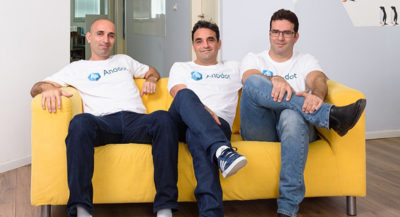Blog Post
8 min read
Boosting Monitoring Efficacy for Telecom via Correlation Analysis
In the third part of the correlation series, we examine how telcos can leverage correlation analysis in their anomaly detection to surface hard-to-detect network incidents and prevent customer churn.
Read more









